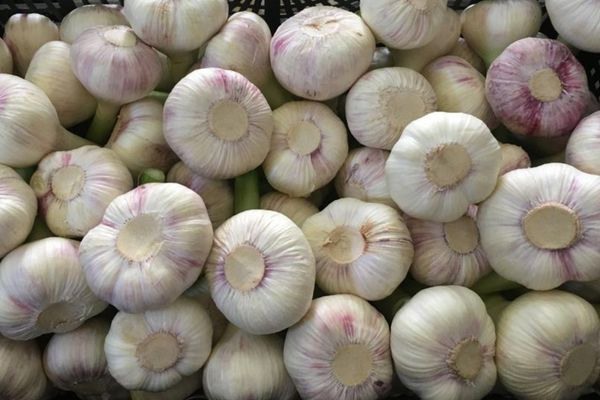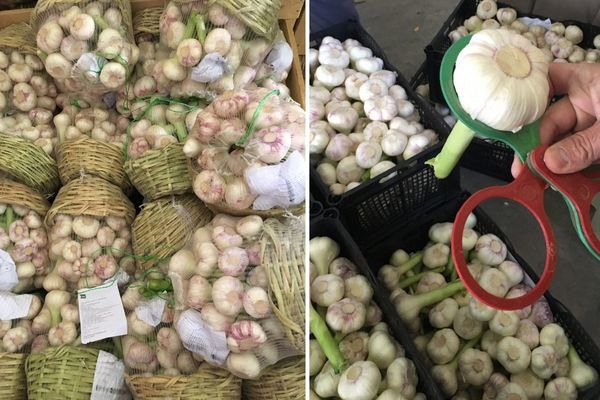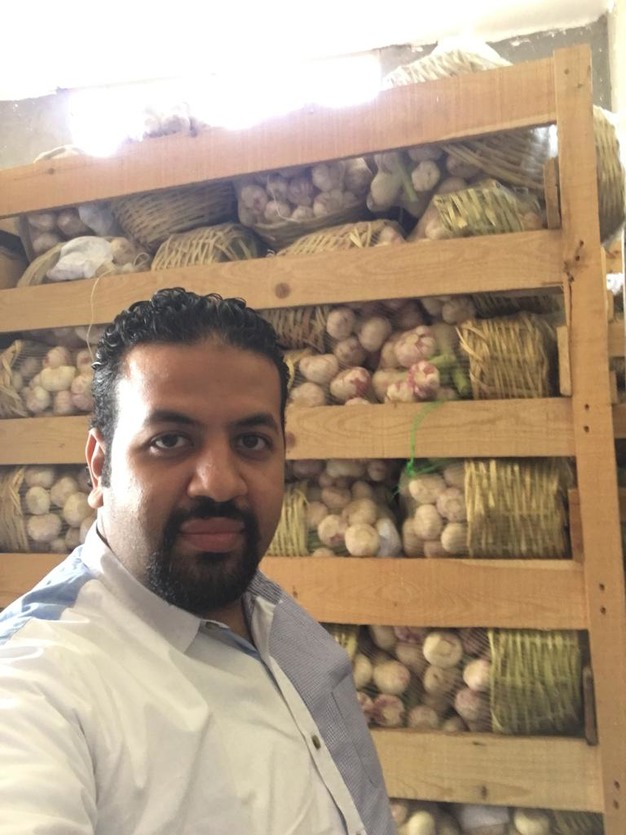Garlic volumes in Egypt are down by 30%, according to Mohamed Gomaa, CEO of the grower Green Point. "This is due to an excessive acreage last season which caused prices to drop. The majority of producers have lowered acreages this season in order to keep prices adequate," said Gomaa.

Last year, garlic production in Egypt reached a volume of 22,000 tons, making Egypt the first Arab producer of garlic. This year, volumes would be around 15,000 tons, according to Gomaa. "That said, there is a strong demand and the quality is very good due to good weather conditions. Prices will increase compared to last year following the decrease in acreage," he added.
Egyptian garlic enjoys worldwide success, according to Gomaa "Our garlic is one of the longest lasting garlic varieties and is appreciated for its pungent flavor. The bulbs last up to one year if stored in a cool, dry and dark place. Egyptian garlic also has great nutritional value, with its excellent contributions of vitamins C and B6, selenium, manganese, fiber, phosphorus, potassium, calcium, iron and copper. This has made it in demand everywhere, and has increased production in recent years."

Egypt produces two main varieties of garlic, explains Gomaa: "We have the common variety called Baladi, grown in all Egyptian regions, which is earlier than the other varieties for about 2 weeks. The bulb of Baladi is large with a white outer scale tending to silver. The number of cloves in this variety is higher than any variety in the world, and can reach up to 50 cloves in a bulb. This means that the size of the cloves remains small and this represents the main disadvantage of this variety, as small sizes are not demanded in the EU markets."
 As for the second variety: "It is the Chinese garlic, which was introduced from China to Egypt in the early 1960s. It is larger than baladi and sometimes reaches a size of 80/90 mm and a number of cloves of about 15. It is the preferred variety for the EU and Russian markets, and it constitutes most of our volumes at Green Point."
As for the second variety: "It is the Chinese garlic, which was introduced from China to Egypt in the early 1960s. It is larger than baladi and sometimes reaches a size of 80/90 mm and a number of cloves of about 15. It is the preferred variety for the EU and Russian markets, and it constitutes most of our volumes at Green Point."
In terms of markets, Green Point exports primarily to Russia, the UK, Greece and Poland, "We are looking forward to exporting to Brazil and Canada, and improving our position in Australia. We are the first Egyptian company to export garlic to Australia with the support of the Egyptian government, and we are finalizing the technical and administrative requirements to export to Chile for the first time."
For more information
Mohamed Gomaa
Green Point
Tel: +20 111 699 0000
Email: greenpointeg@gmail.com
www.greenpoint.com.eg
